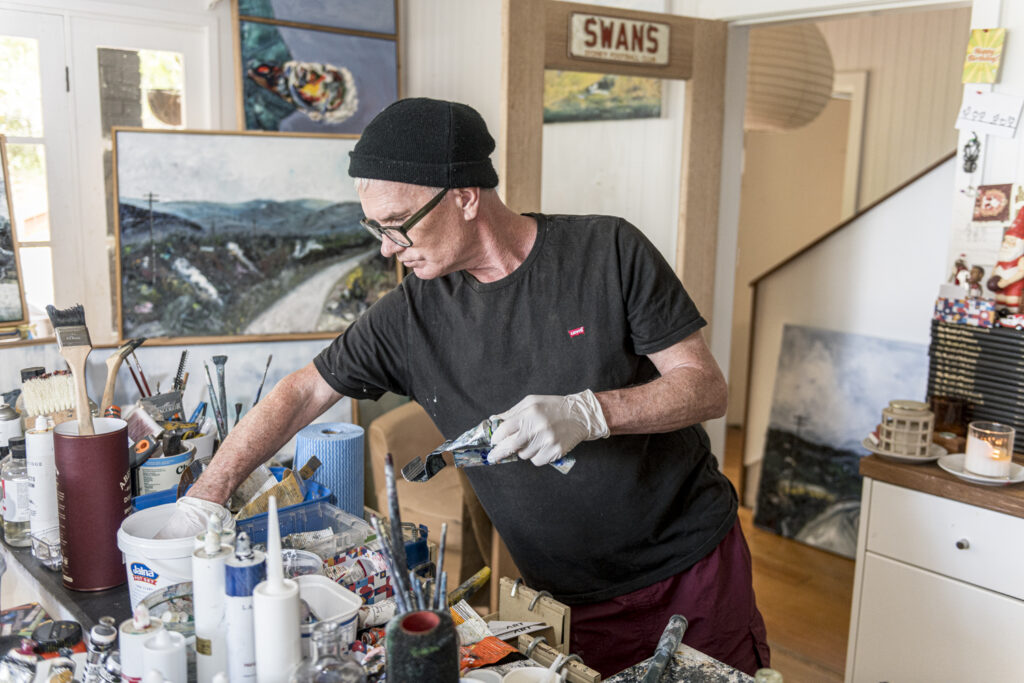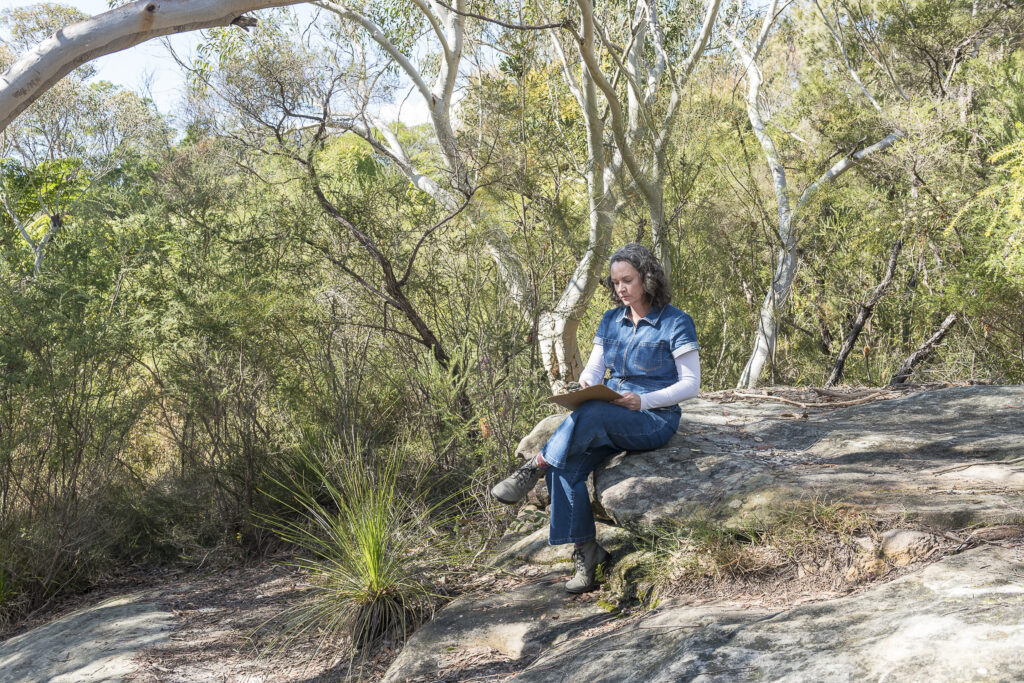Buddhism in Bundanoon
Words: Michael Sharp. Photography: Ashley Mackevicius.
Phra Mana smiles warmly on this chilly morning as he sits cross-legged on a rustic wooden table under a large pine tree populated with Crimson Rosellas and King Parrots. A large cup of steaming tea sits by his left knee and a rolled brown blanket rests behind his hip. He wears traditional mustard-coloured robes and a grey beanie for the autumnal weather. Behind him sits a large alabaster Buddha who is enjoying the magnificent view across Morton National Park and Kangaroo Valley to Jervis Bay, Nowra and the aptly named Pacific Ocean.
A congregation of about 65 has travelled from Sydney, Canberra and a variety of places in between to hear this Sunday’s Dhamma teaching and to participate in a short meditation at Bundanoon’s Sunnataram Forest Monastery. They sit on ersatz cane chairs, with blankets provided to those who have underestimated the April temperature, or on benches and logs arranged around a large open fire.
The subject of today’s teaching is the difference between worldly happiness, which depends on material things and is mundane, and “supra-mundane” happiness, which is beyond material things and allows us to break away from negative thoughts and anxiety. Mindfulness, breathing and meditation can help us to achieve supra-mundane happiness – and nirvana.
The Dhamma flows for over an hour and the congregation, including a number of children, listens silently for the entire time except for a little laughter at the monk’s occasional, gentle jokes. The monastery cat, who was rescued from the Moss Vale animal shelter and is named Chokdee (which means “good luck” in Thai) jumps on to the table during the talk, tries to drink some tea and then curls up to sleep against Phra Mana’s feet.
The Dhamma teaching finishes with Phra Mana holding up a stalk with maple leaves, which have turned red and gold with the season, to highlight the important role of change in nature and in our lives. A short meditation then begins and ends with the soft tapping of a small gong.
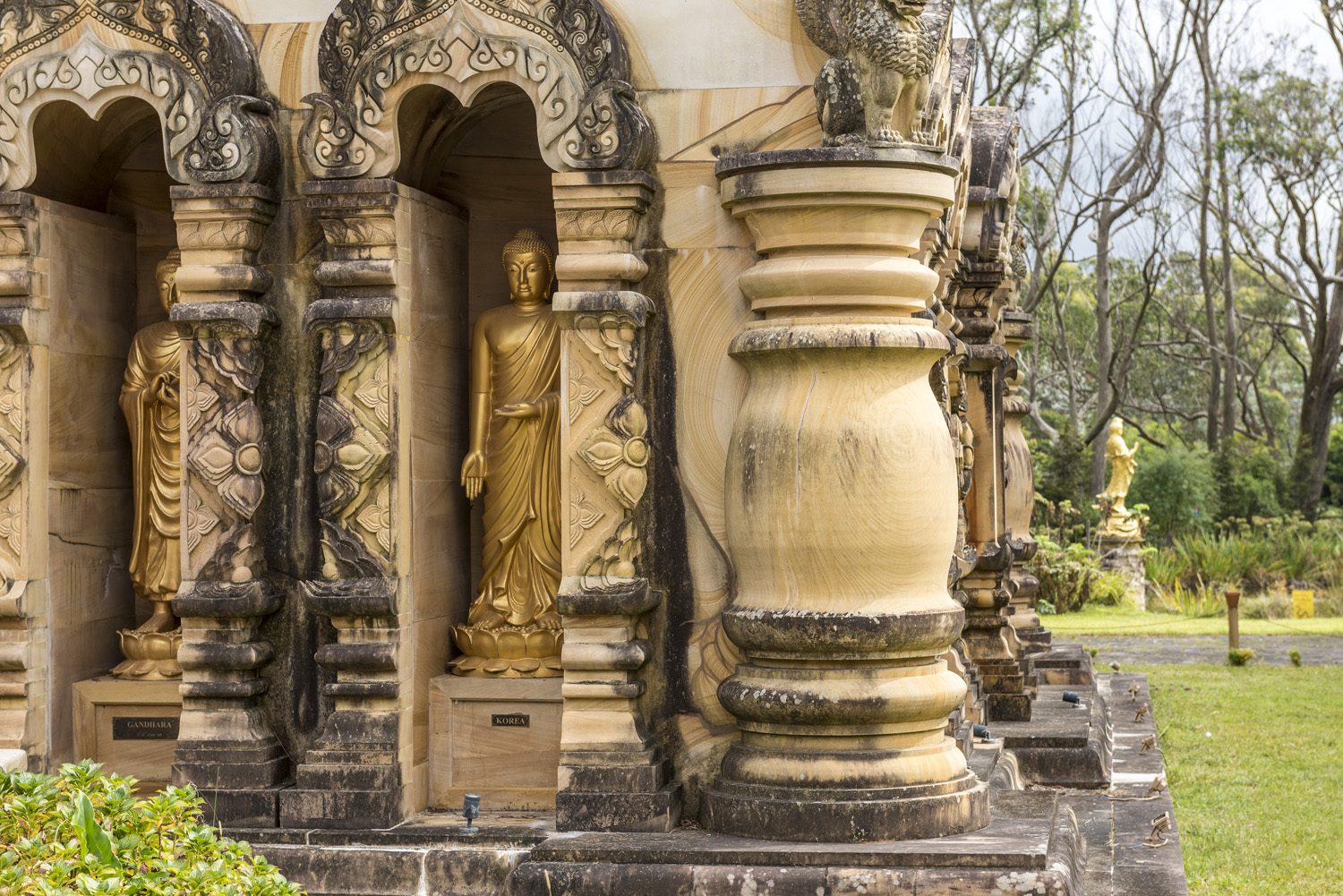
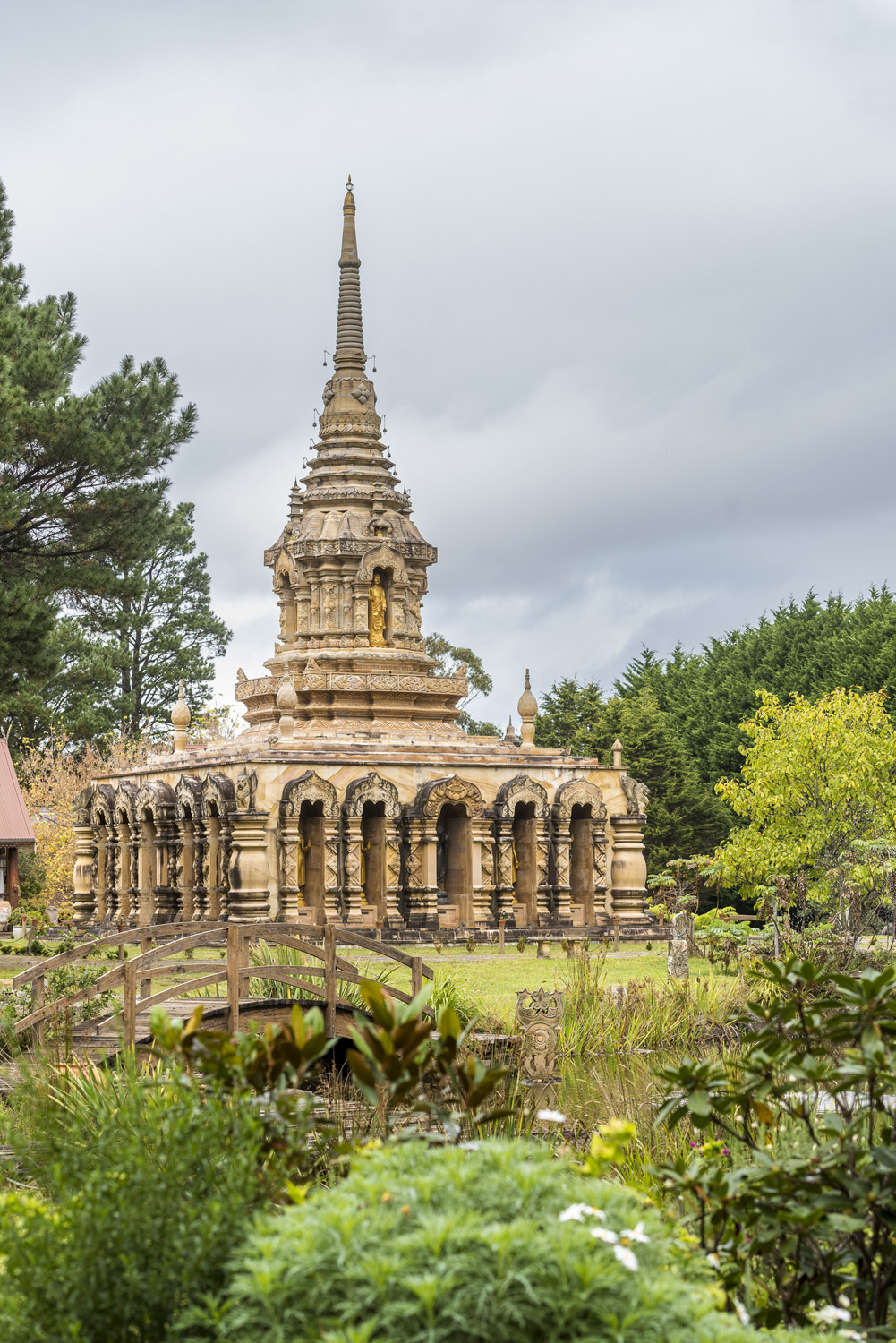
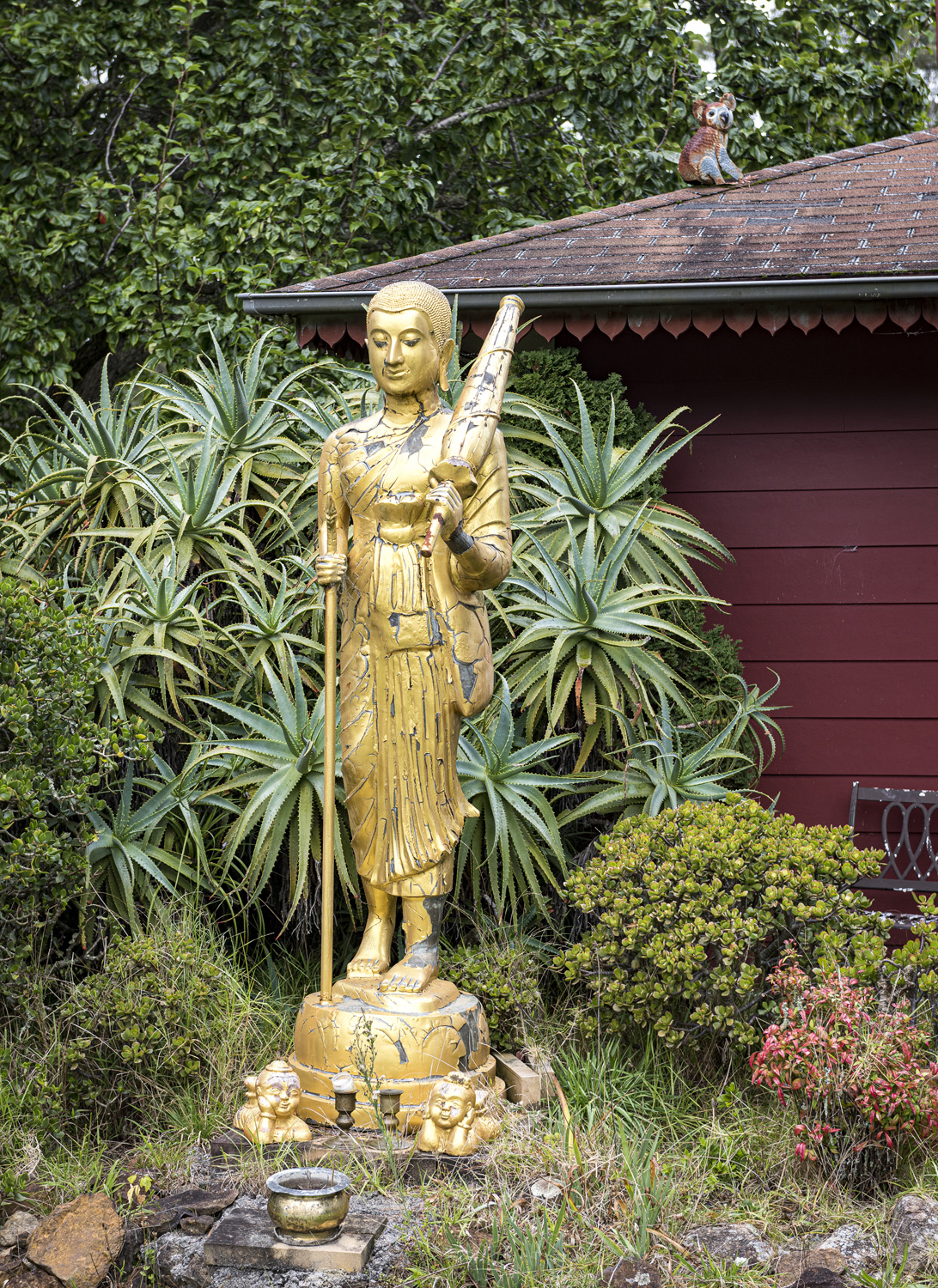
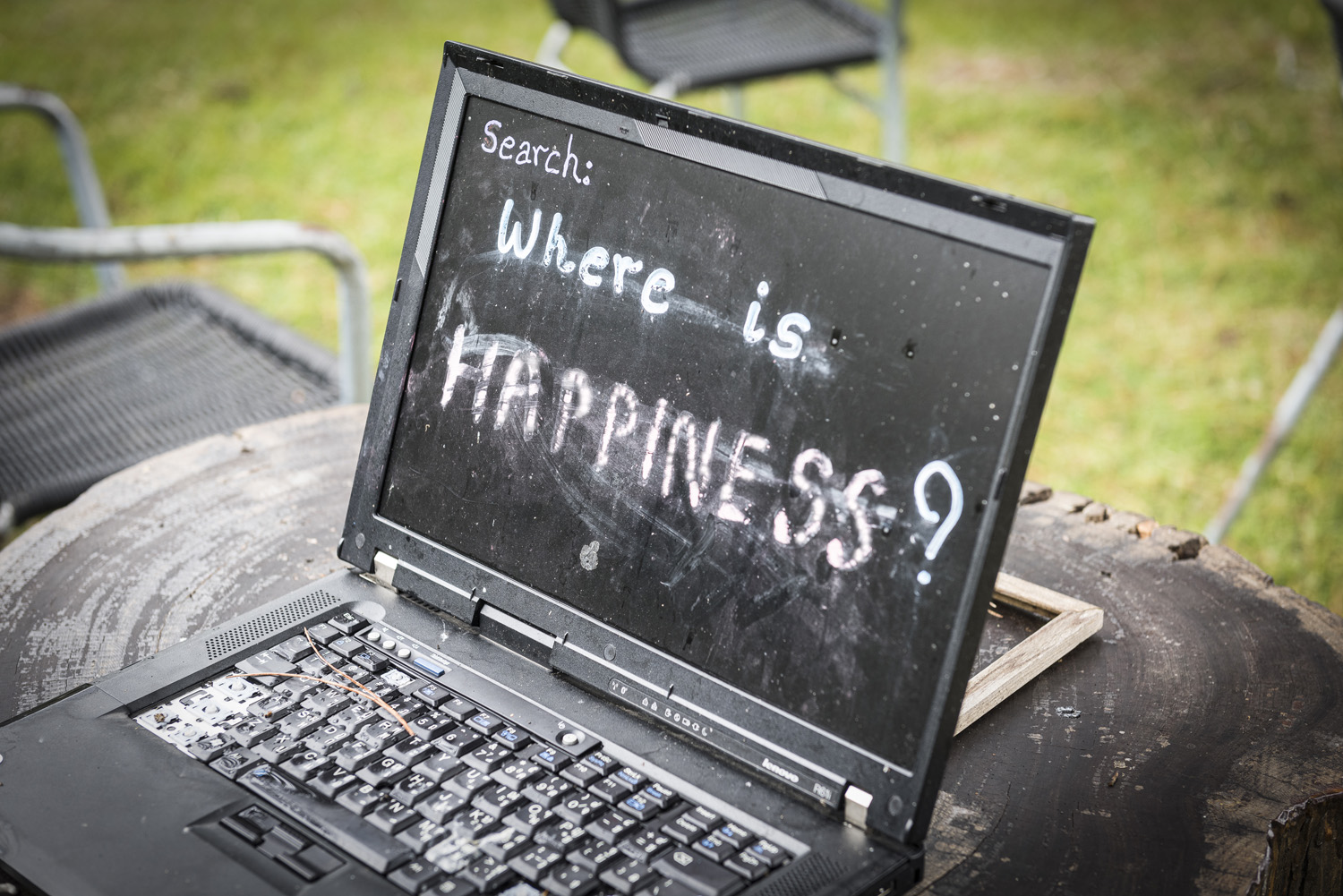
Phra Mana first came to Australia in 1987 with his teacher who had been invited to translate Dhamma teachings into English. He was 23 years old and had recently decided to cease studying medicine and become a Buddhist monk.
“I studied medicine because I wanted to help people,” he explains. “But then I found a better way to help people – to be a spiritual doctor.”
While they were visting Australia, Phra Mana and his teacher were approached by Elizabeth Gorski, a devotee of Buddhism who lived in The Southern Highlands, and asked if they would be interested in establishing a forest monastery so that Australians could benefit from their teaching. She took them to a run-down 40 hectare property, an hour and three-quarters drive south of Sydney, which had been an orchard and then a guest house before almost everything was destroyed by bushfires in 1948.
Gorski, who later became a Buddhist nun with the title Ayya Nirodha, purchased the property for the forest monastery in 1989. A forest monastery differs from a city monastery because it focuses on allowing followers to put the Buddhist theories they are learning, especially meditation, into practice.
Leaving his country and family at the age of 25 to help establish a forest monastery from scratch in regional Australia was a huge decision for Phra Mana, but he “could see that people wanted to learn and that motivated me”.
From the beginning, the monastery has relied entirely on its monks and volunteers for everything. It receives no funding from governments in either Thailand or Australia.
“My teacher has a policy of self-reliance and we have worked together to slowly build the monastery,” Phra Mana says. “We like to make things with our own hands and we collected tables and chairs from rubbish tips. It’s good to recycle things.”


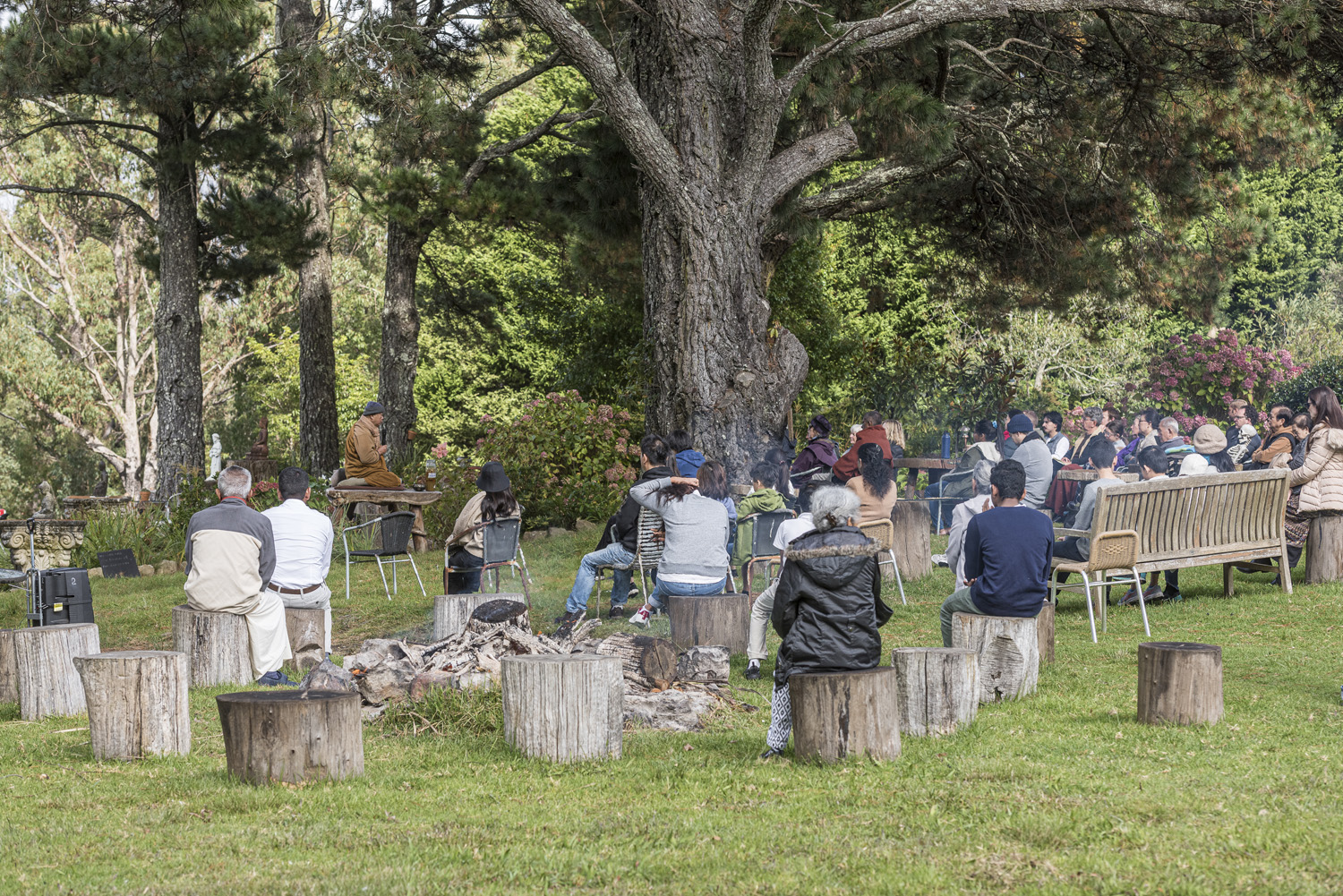
This policy of self-reliance was tested seriously in 2003 when Phra Mana was inspired to build a pagoda on the property after he had returned to Thailand to nurse his dying mother. She had gained great comfort in her final days from the Doi Suthep Pagoda that she could see from her window at Chiangmai University Hospital. The design of Sunnataram Forest Monastery’s Gratitude Pagoda is based on three ancient pagodas in the north of Thailand and, remarkably, it was built entirely by the monastery’s monks and volunteers. A significant amount of the sandstone was donated by the previous owner of a local quarry, while relics were donated by monasteries in Thailand.
In 2008, the monks and the community raised an Asoka Pillar to commemorate King Asoka, who spread Dhamma to many parts of the world in the third century BC. This pillar stands on the edge of a large outdoor teaching area which boasts 60 carved sandstone panels depicting various stages in the life of Buddha and a map of the world, the size of a large swimming pool, that celebrates the spread of Buddhism through the ancient world via The Silk Road and the Spice Sea Route.
There is significance throughout these gardens, including 16 stepping stones to reflect Anapanasati, the 16 steps of mindful breathing to remove negative thoughts and feelings, and eight large sandstone blocks (affectionately known as Stonehenge) to commemorate the Noble Eightfold Path: right understanding, right thought, right speech, right action, right livelihood, right effort, right mindfulness and right concentration.
It is clear that education, both the history of Buddhism and how it relates to modern day Australia, is a key focus for the Sunnataram Forest Monastery which is visited regularly by primary and high school children (Buddhism can be studied as part of the Higher School Certificate “Studies of Religion” course) as well as university students.
While teaching has always been at the heart of Buddhism, Phra Mana experienced a particular revelation after he was invited to be Buddhist Chaplain for the 2000 Sydney Olympic Games – the first Buddhist Chaplain in Olympic history.
He discovered that many athletes from different countries, including those from non-Buddhist backgrounds, benefited from the meditation classes he was offering and, more broadly, from Buddhist teachings and practices.
This encouraged him to make Buddhism as accessible as possible and the monastery’s website notes that its monks “speak English and they are keen to learn how to adapt Buddhism to the Australian culture. They are adaptable, enthusiastic and gifted in creating teaching tools and new techniques to help people understand the Dhamma.”
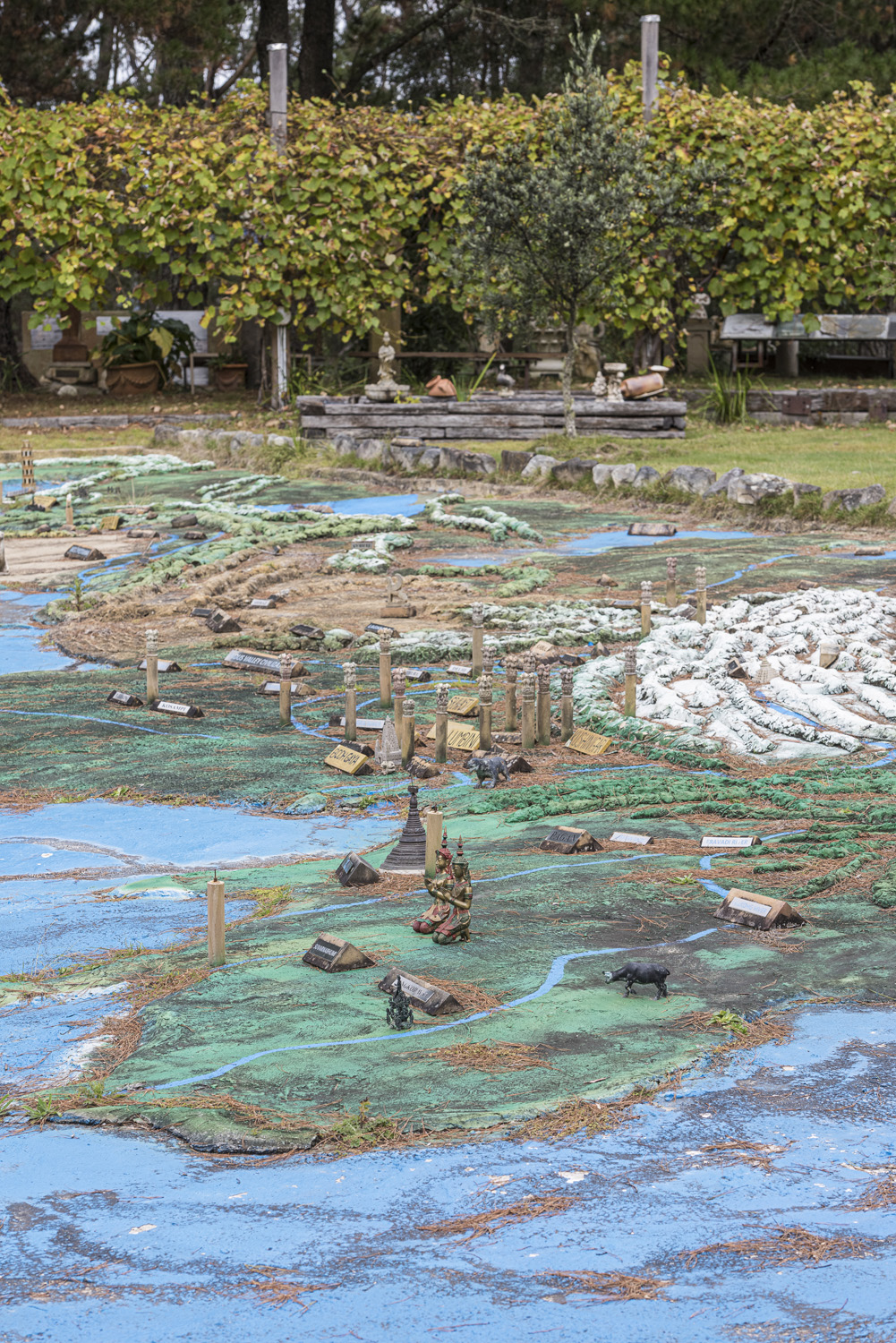
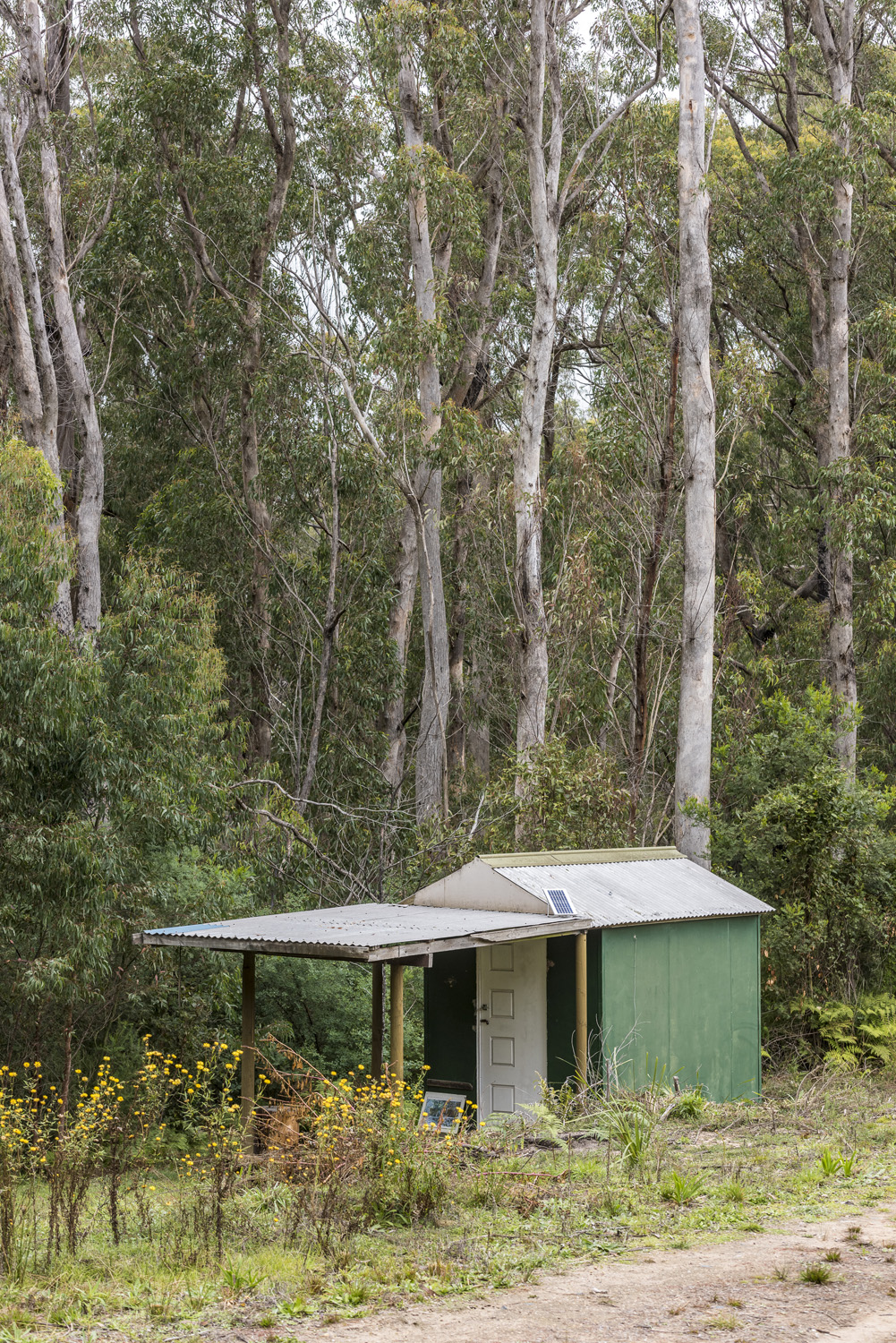
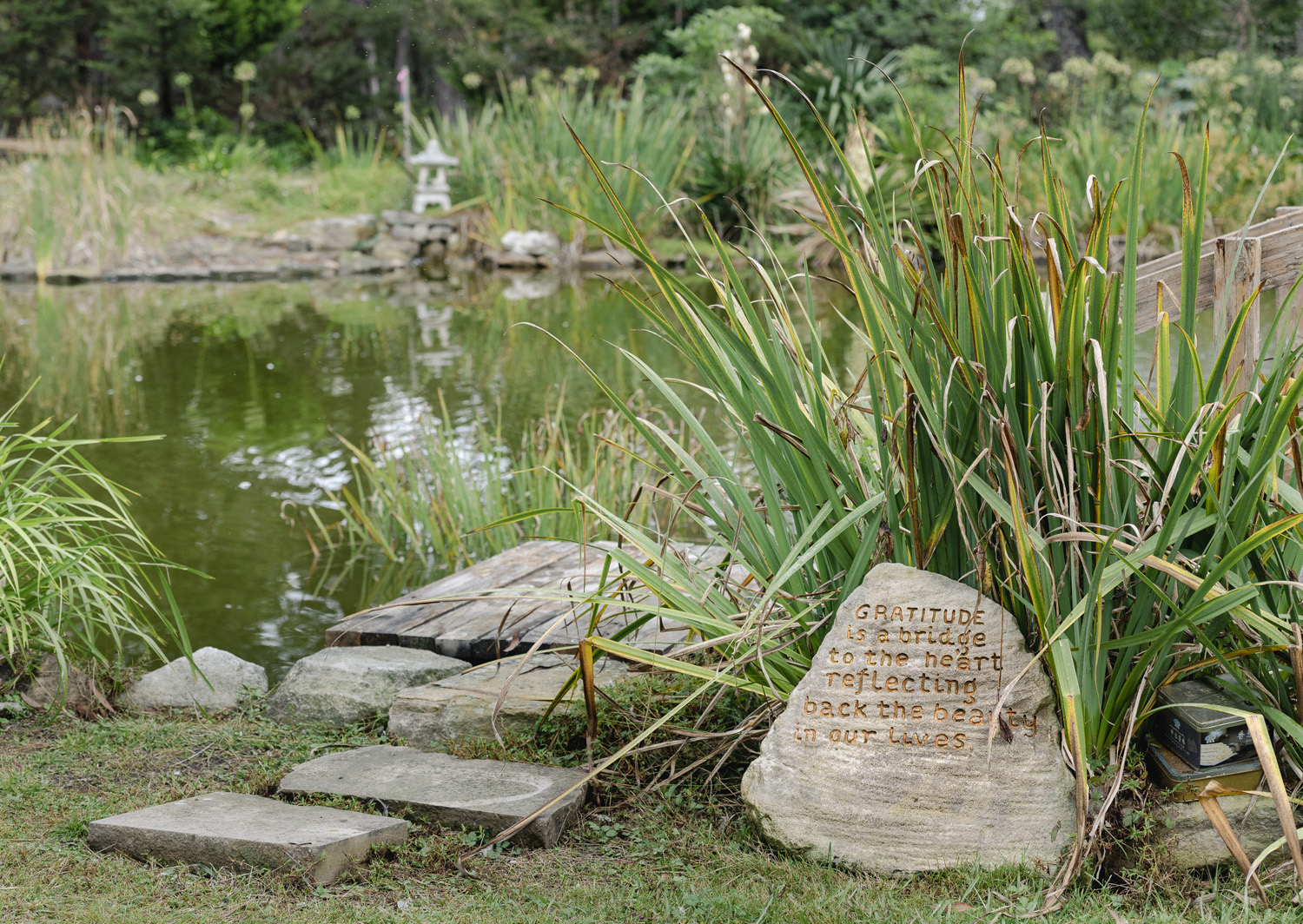
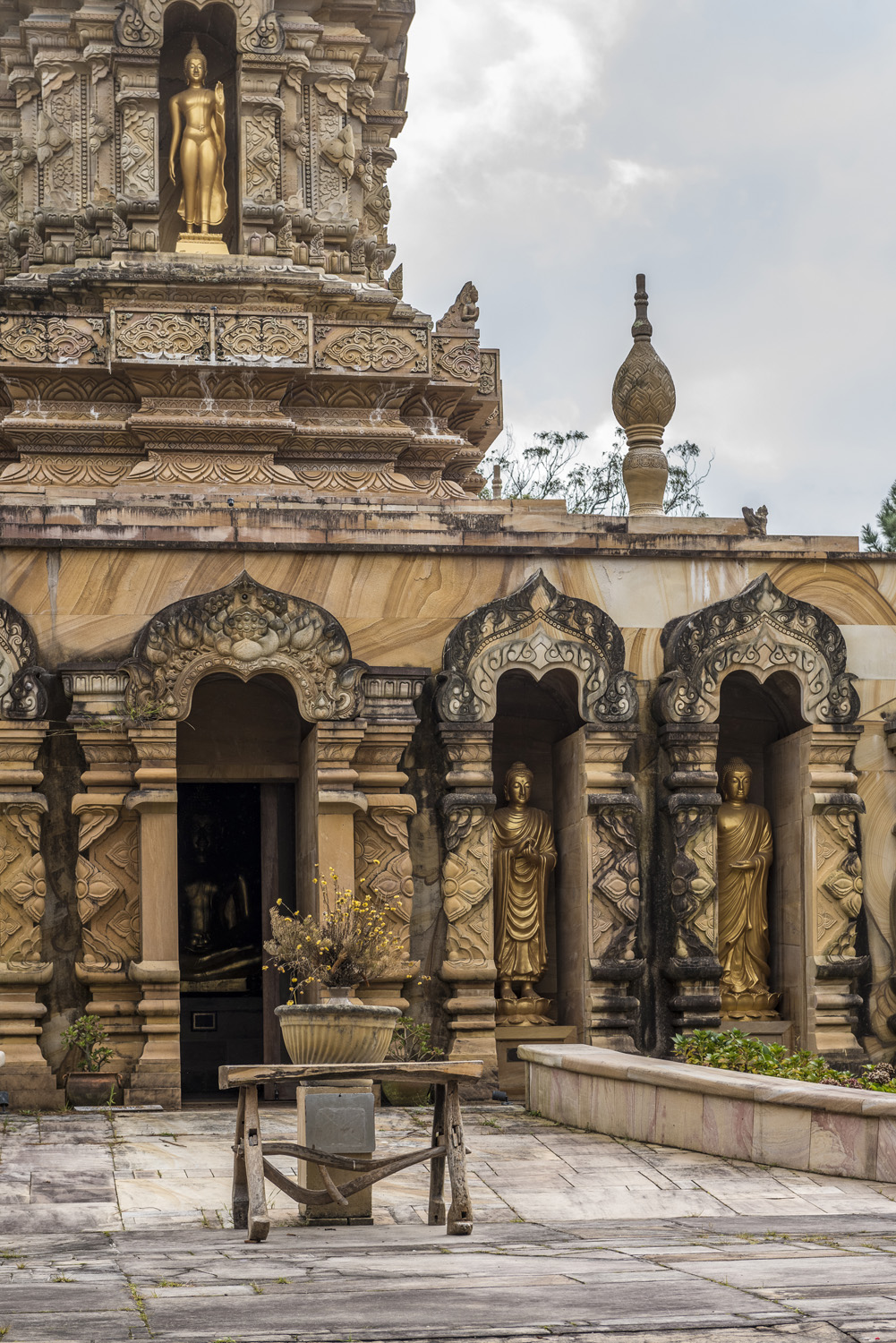
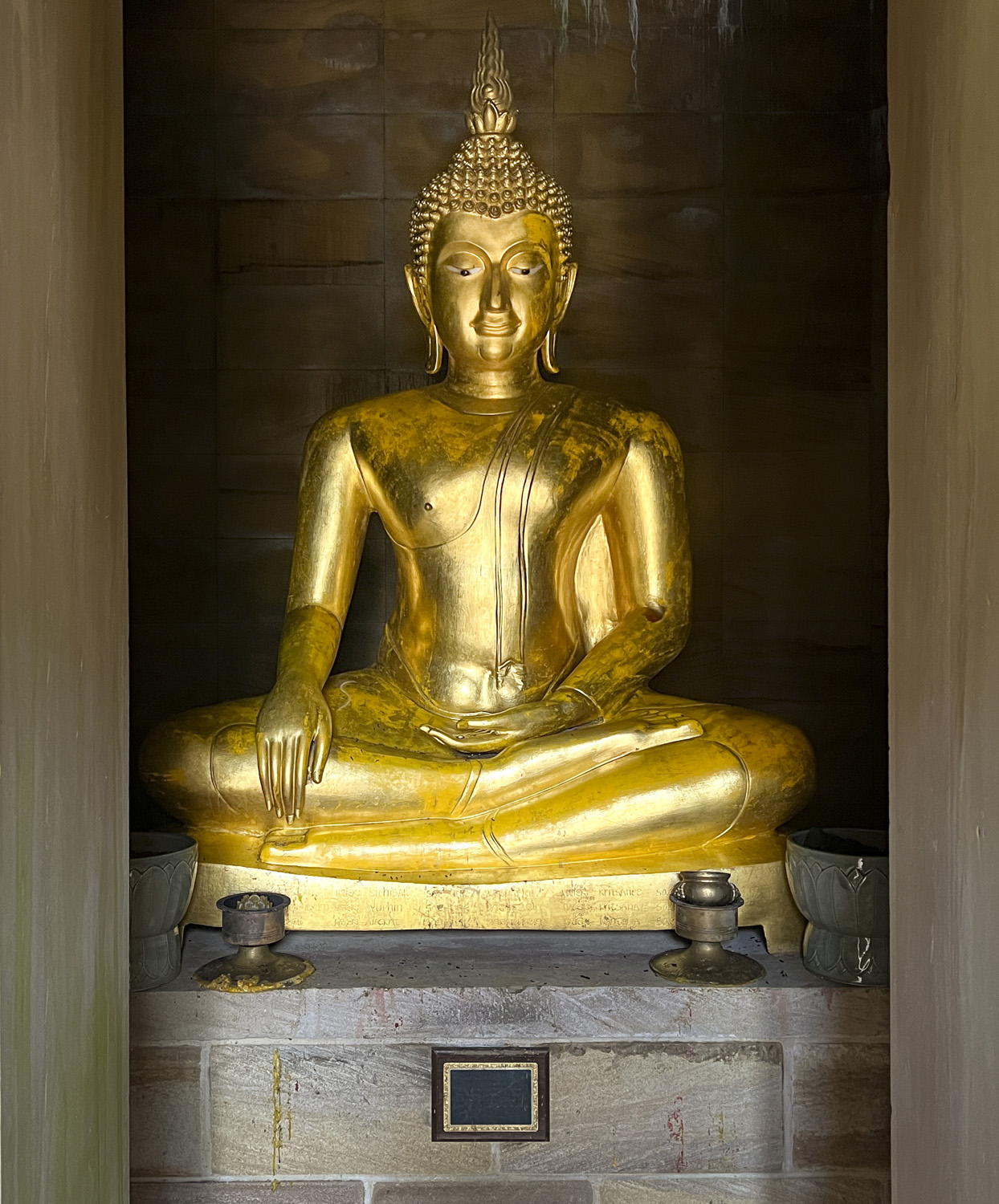

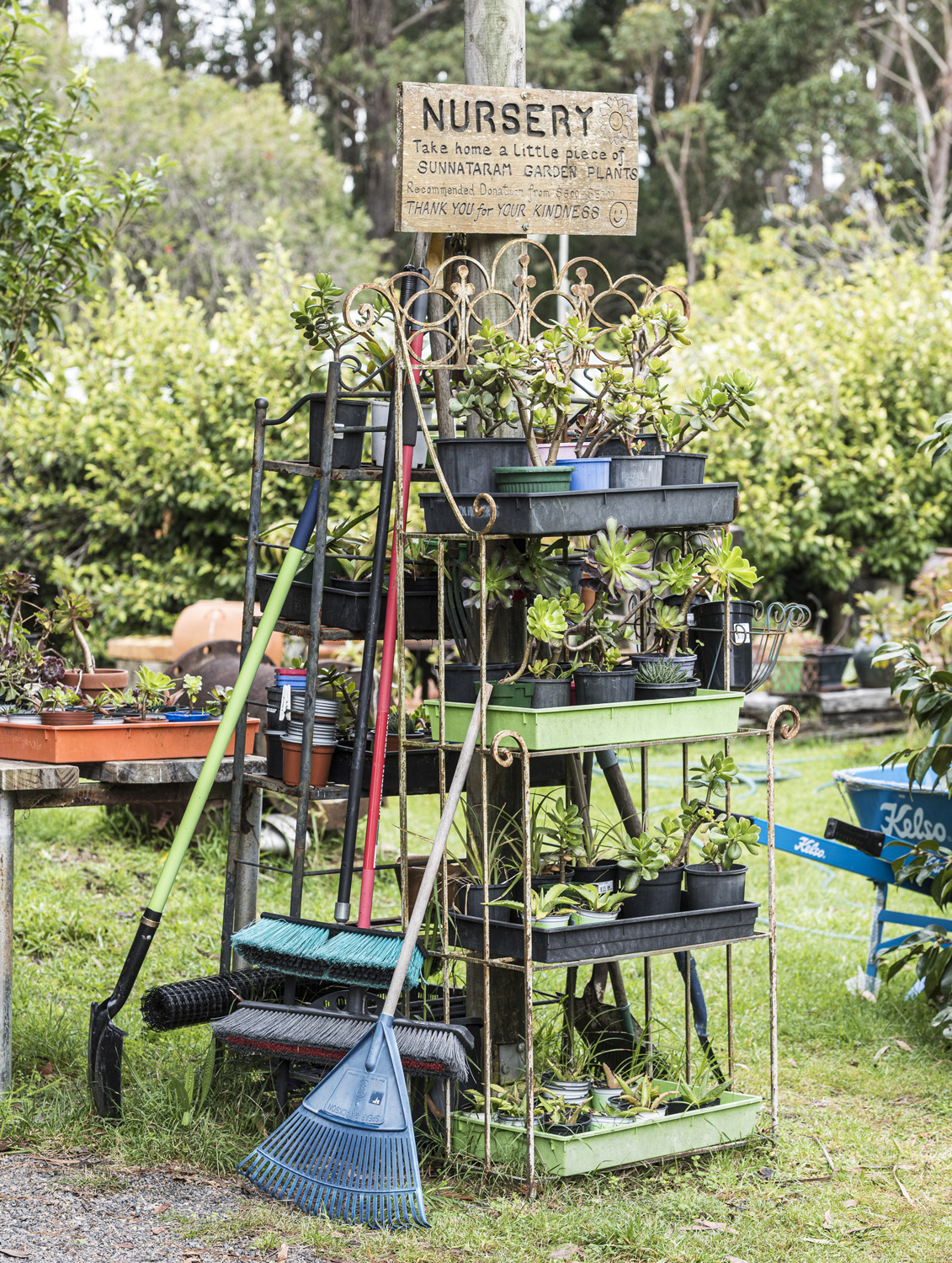
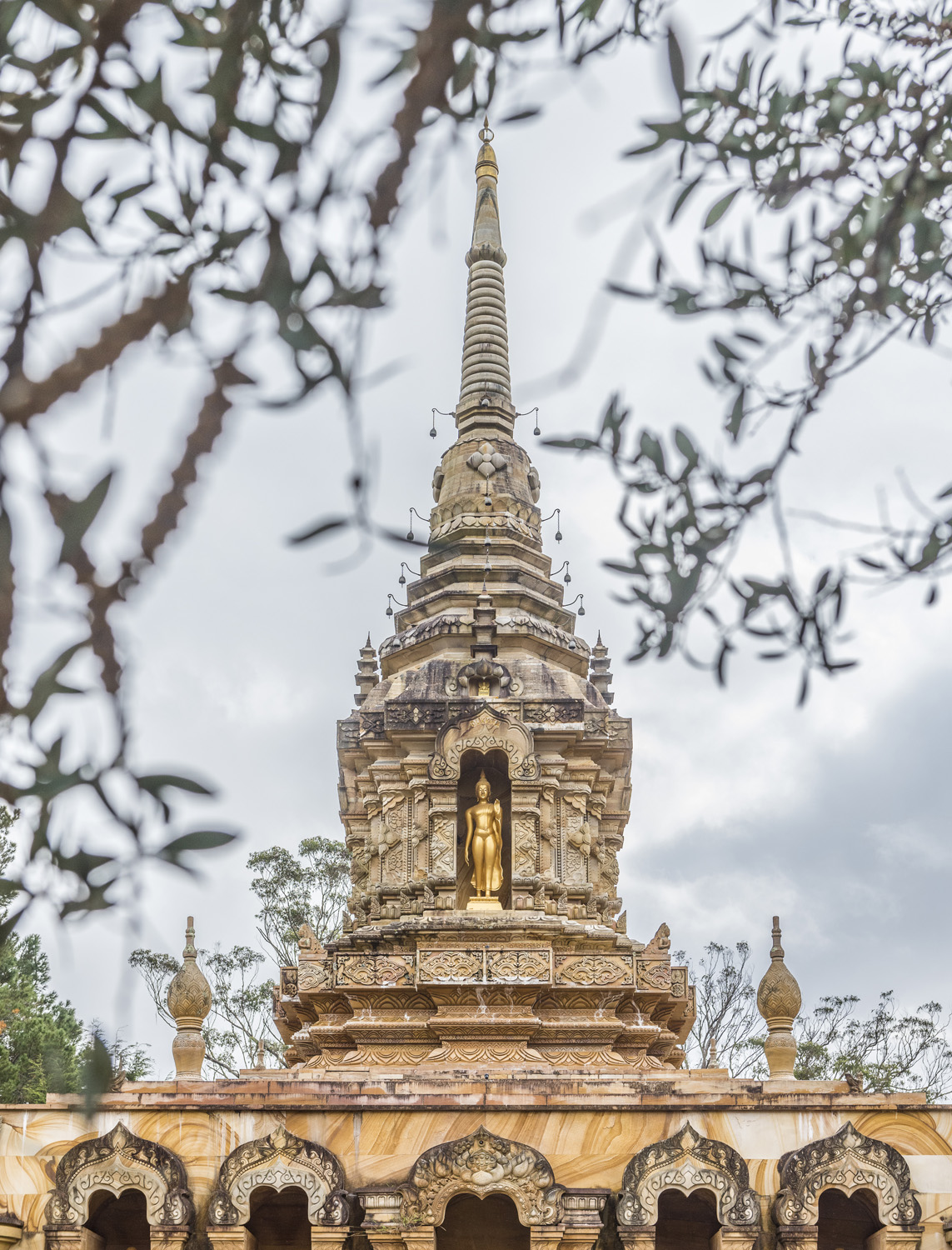
This accessibility has resulted in multi-cultural congregations visiting the monastery each Sunday. On the day we visit, there are families with family connections to Thailand, Vietnam, Burma, Sri Lanka and other Asian communities and there are also plenty of Anglos. One of whom is a local named Meg.
“I didn’t come from a religious family at all, but I always thought I needed something spiritual in my life,” Meg says as we enjoy the delicious Thai vegetarian lunch that follows the Dhamma teaching and meditation and is cooked and served by volunteers.
“Christianity didn’t really speak to me and I’d always wondered about Buddhism. I met some people who were involved with the monastery and I started coming along. I stopped after a few years and then, about 10 years ago, I had an urge to come back – and I found I could get into the teaching a lot more than I could before. I think I had changed and also Phra Mana’s presentation had changed.
“Now I come every week. He is an excellent teacher and he’s become better and better over the years. The Dhamma helps you understand the way your mind works and how you can have a much calmer approach to the world and everything that happens in your life.”
Kim McSweeney is another local who has been closely involved with the monastery for over 20 years. She is its long-serving Honorary Secretary as well as de facto Head Gardener and Jill of All Trades. Her passion for the monastery is clear as soon as she begins speaking about it.
Kim grew up in Sydney’s Eastern Suburbs, owned a florist shop in Bowral for 25 years and, while happily married, found herself struggling to deal with the shenanigans of her four teenagers.
“A woman who worked in the shop was into Tibetan Buddhism and one day, as we were talking about our kids, she said: ‘Do you know that when you are arranging your flowers your mind is concentrating completely – and that is meditation. You should investigate that.
“So I went to a meditation evening at a woman’s house in Moss Vale and I immediately realised it was everything I needed.”
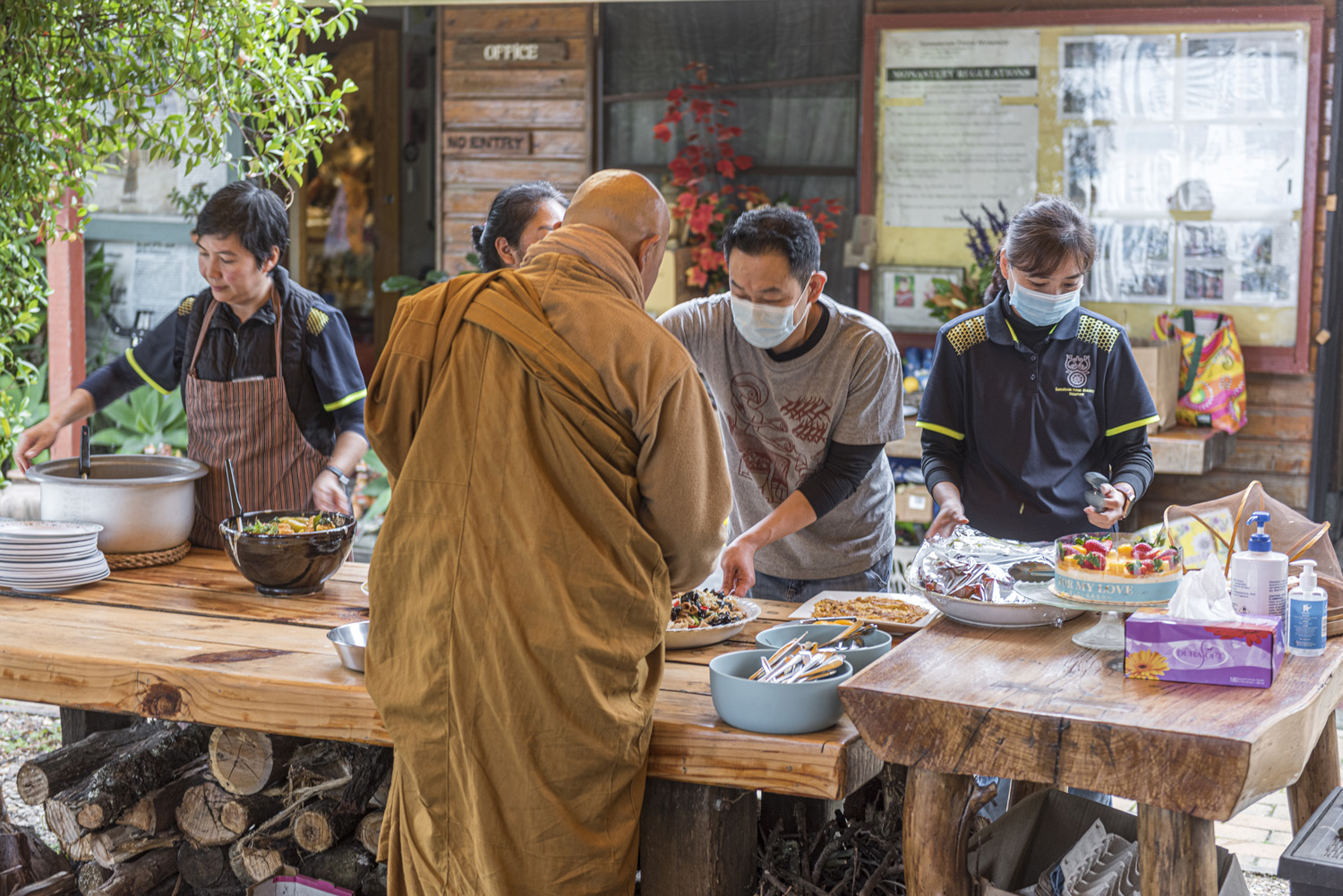
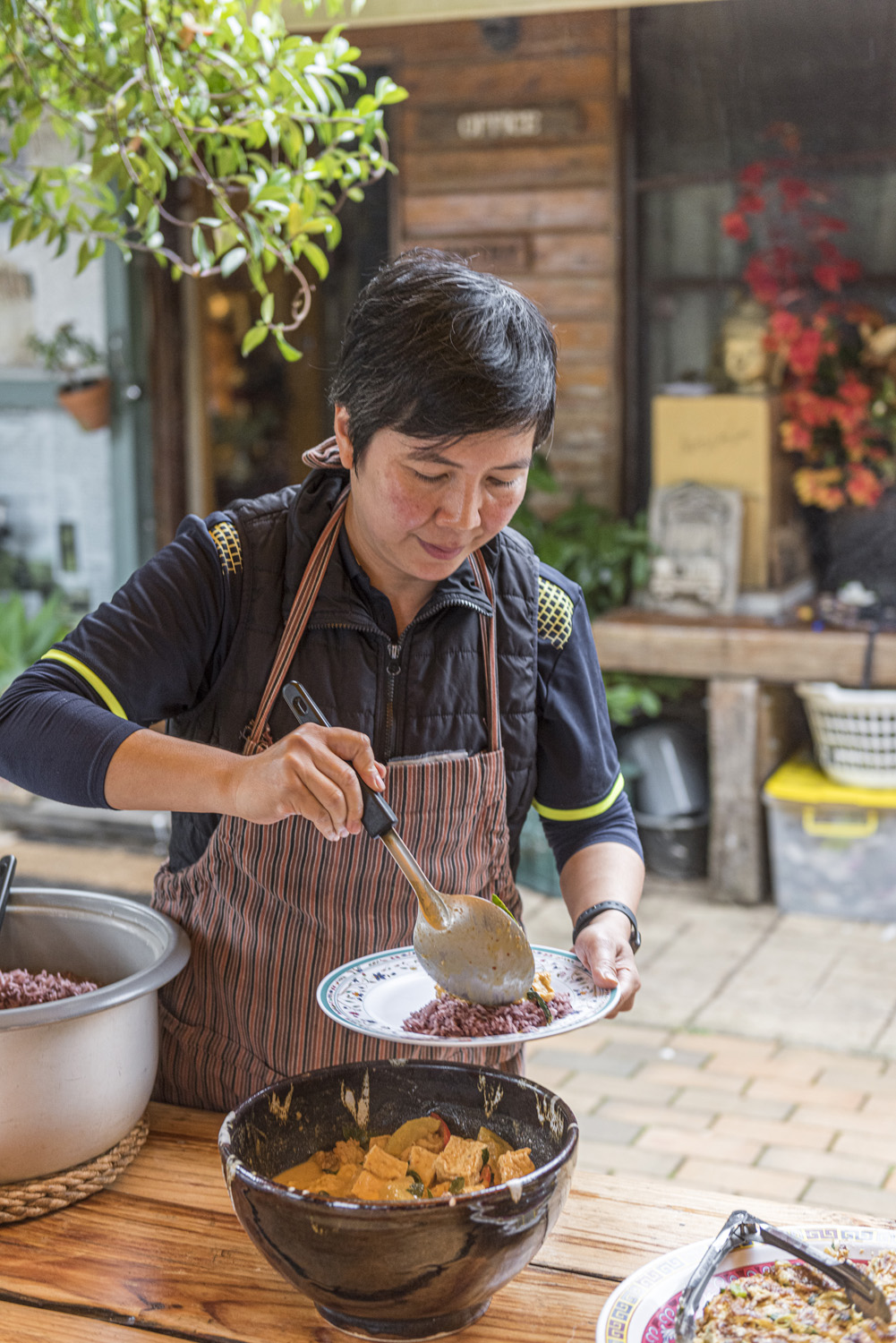
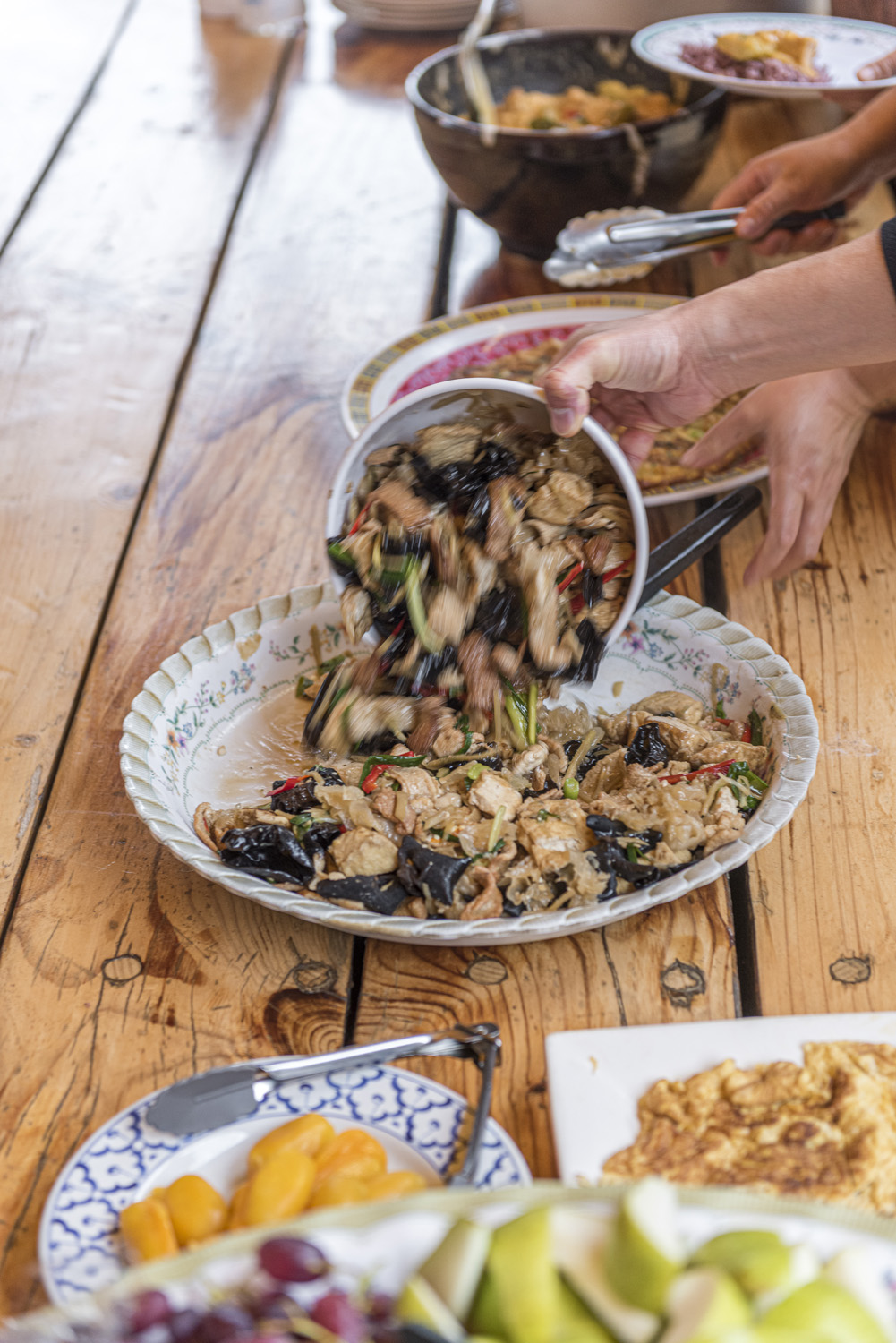
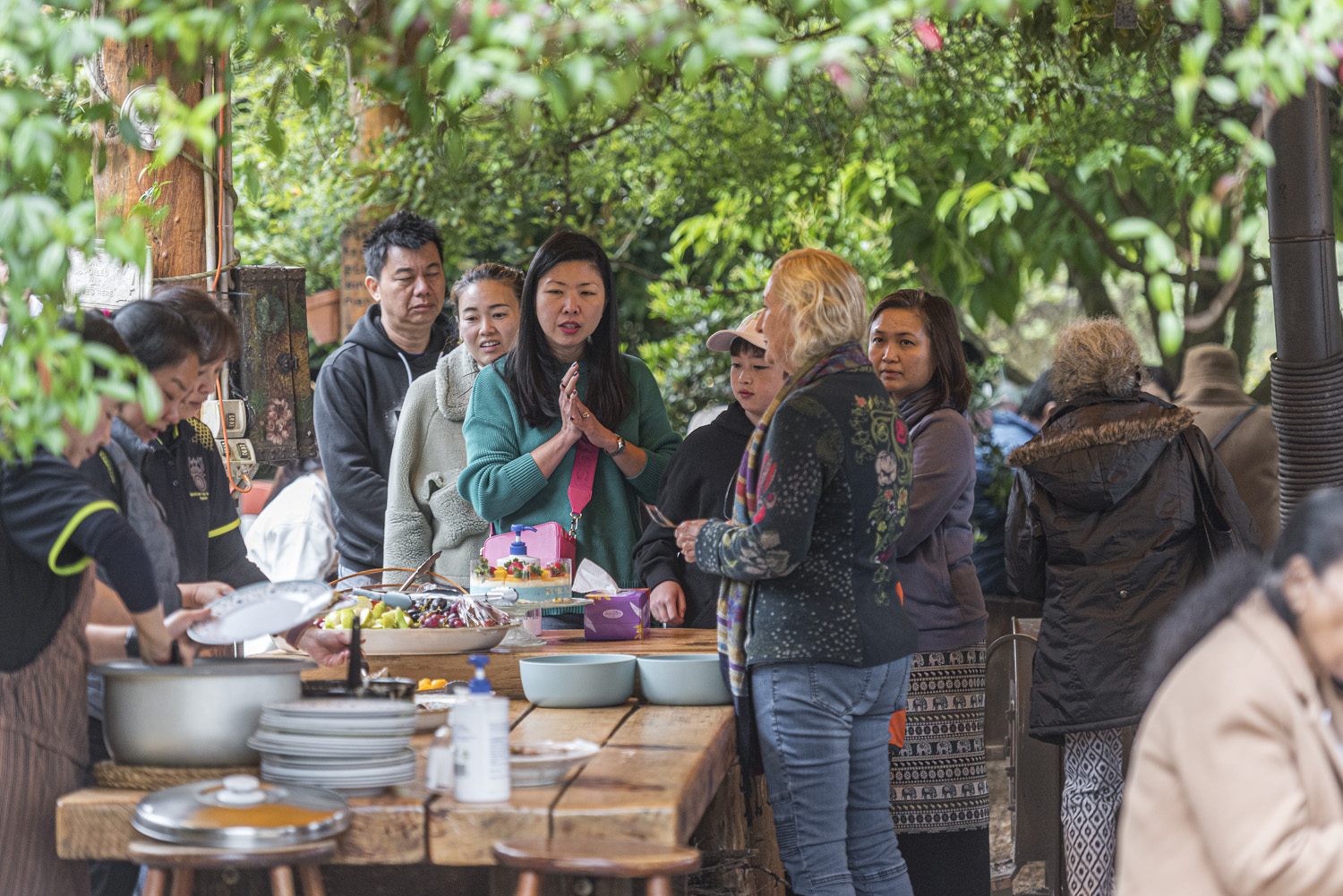
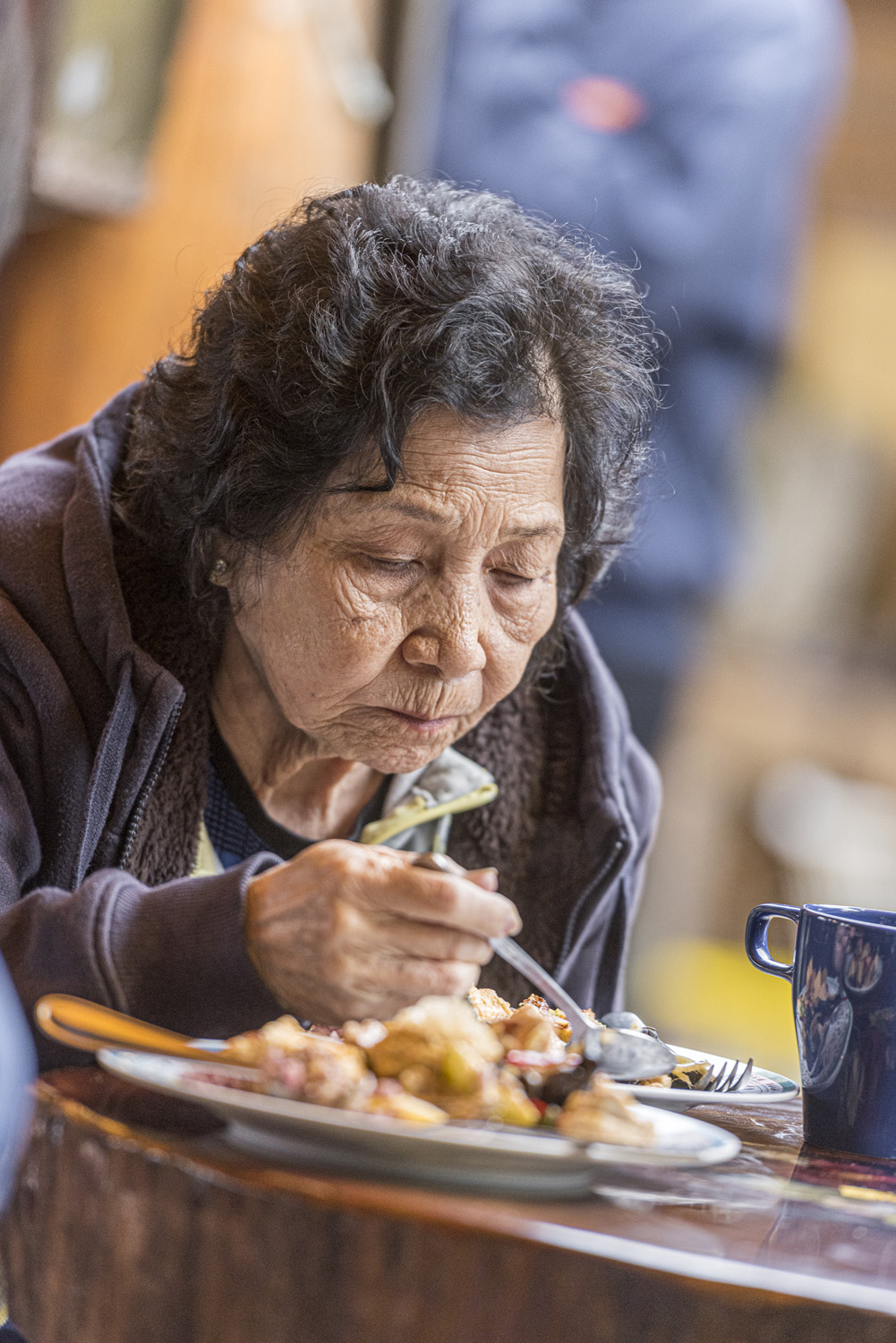

Sunnataram Forest Monastery was devastated by the bushfires of January 2020 with 75% of the property destroyed. If it weren’t for the extraordinary efforts of the fire services, including water bombing from helicopters, they would have lost everything.
The monastery offers weekend meditation retreats that are booked out many months in advance. The experience includes “Pali chanting with English translation, Mindfulness with breathing (Anapanasati), Loving-kindness (Metta) meditation and Vipassana meditation”.
The waiting list for the retreats has become longer since 2020 because about half the accommodation huts were burnt to the ground in the 2020 bushfires. A major short term aim of the monastery is to raise money for replacement accommodation so they are ready to build as soon as they receive Council approval.
One of the messages articulated consistently during this Sunday’s Dhamma is that we can meditate by concentrating completely while doing everyday tasks such as eating, drinking, cleaning the kitchen or car or, like Kim McSweeney, flower-arranging.
“I try to simplify and make it practical and to the point,” Phra Mana says about Buddhism. “We cannot separate spiritual life and worldly life. There has to be balance.”
For further information visit sunnataram.org and please note that visitors must register in advance for each Sunday’s Dhamma talk and meditation so that the volunteer cooks can be prepared.
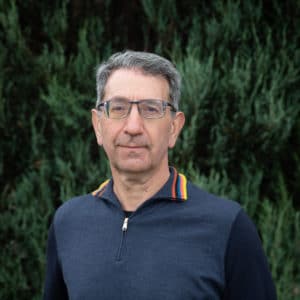
Michael Sharp
Michael is the Gallery Manager at Michael Reid Southern Highlands. He has previously worked as a lawyer, journalist and senior practitioner in Australian corporate affairs.
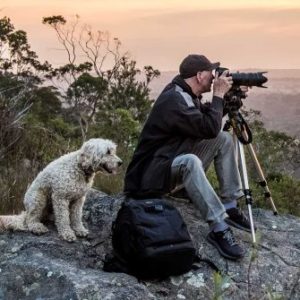
Ashley Mackevicius
Ashley discovered photography at the age of 15, which proved to be a lifeline for the academically challenged son of Lithuanian migrants. He has had a long and successful career and lives in The Southern Highlands.
- xxi Pecora Dairy June 2024
- XXIX David King December 2025
- XXVIII Nicola Woodcock August 2025
- xxvii Marlie Draught Horse Stud May 2025
- xxvi India Mark February 2025
- xxv Mussett Holdings December 2024
- xxiv Louise Frith October 2024
- xxiii Dirty Jane August 2024
- xxii Melanie Waugh July 2024
- xx Emily Gordon May 2024
- xix Steve Hogwood March 2024
- xviii Julz Beresford February 2024
- xvii Snake Creek Cattle Company November 2023
- xvi Ben Waters September 2023
- xv The Reid Brothers August 2023
- xiv Elizabeth Beaumont July 2023
- xiii The Charlotte Project June 2023
- xii Buddhism in Bundanoon May 2023
- xi Honey Thief April 2023
- x David Ball February 2023
- ix Kate Vella January 2023
- viii The Truffle Couple December 2022
- vii Wombat Man November 2022
- vi Storybook Alpacas September 2022
- v Tamara Dean August 2022
- iv John Sharp July 2022
- iii Amanda Mackevicius June 2022
- ii Denise Faulkner May 2022
- i Joadja Distillery March 2022










